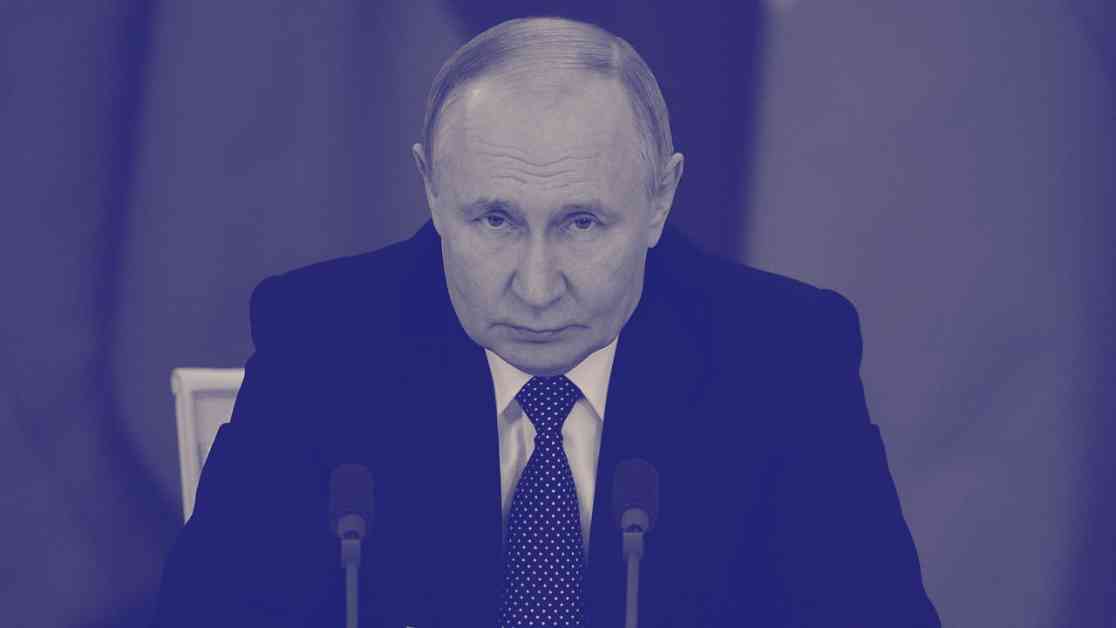Last week’s dramatic meeting between Donald Trump and Volodymyr Zelensky shed light on Trump’s disdain for Zelensky and his determination to end the war in Ukraine on terms favorable to Vladimir Putin. Zelensky swiftly returned to Europe, seeking support from European leaders. Although many European countries have reaffirmed their commitment to Ukraine and promised increased aid, the absence of American backing leaves Ukraine in a precarious position. The White House’s announcement of a halt in military aid to Ukraine until Zelensky is deemed “ready for peace” further complicates the situation.
To gain insights into the current conflict and the potential paths forward for Ukraine, I spoke with Angela Stent, an expert on U.S.-Russia relations and a senior non-resident fellow at the Brookings Institution. Our conversation delved into the complexities of the situation, shedding light on Putin’s objectives and the challenges facing Ukraine and its allies.
Security Guarantees and Deterrence
Stent emphasized the critical need for robust security guarantees to support any potential ceasefire agreements and deter further Russian aggression. While Britain and France have expressed willingness to send peacekeeping troops, the effectiveness of such a deterrent without explicit American support remains questionable. Lavrov’s recent statement rejecting European peacekeeping troops in Ukraine underscores the challenges of deterring Russia without robust U.S. backing.
Territorial Concerns and Peace Negotiations
The issue of regaining territories lost to Russia looms large in discussions surrounding potential peace deals. Stent highlighted the complexity of the situation, acknowledging that Ukraine may need to accept the loss of some territories temporarily. Despite Russia’s demands for permanent territorial concessions, the ongoing conflict and shifting military dynamics complicate the prospects of territorial recovery for Ukraine.
Stent also addressed the urgency for Ukraine to pursue a peace deal given the challenges it faces on the battlefield. With Russian forces steadily gaining ground, Ukraine’s military future appears increasingly challenging, particularly in the absence of consistent U.S. military aid and intelligence sharing. Uncertainties surrounding key resources, such as Elon Musk’s Starlink, further underscore the pressing need for Ukraine to navigate the path to a potential ceasefire.
In reflecting on the Biden Administration’s approach to peace negotiations earlier in the conflict, Stent noted the complexities of pushing Ukraine towards a deal amidst Russian reluctance. The evolving military dynamics and diplomatic challenges posed by the conflict underscore the intricate nature of negotiations in the region. Stent’s insights shed light on the delicate balance of power dynamics and strategic considerations shaping the conflict in Ukraine.
As discussions unfold and potential peace negotiations loom on the horizon, the intricate web of geopolitical interests, security concerns, and diplomatic maneuvers continues to shape the future of Ukraine and its relations with Russia. The evolving landscape underscores the need for comprehensive strategies that balance security objectives with diplomatic imperatives to navigate the complex terrain of conflict resolution in Eastern Europe.












